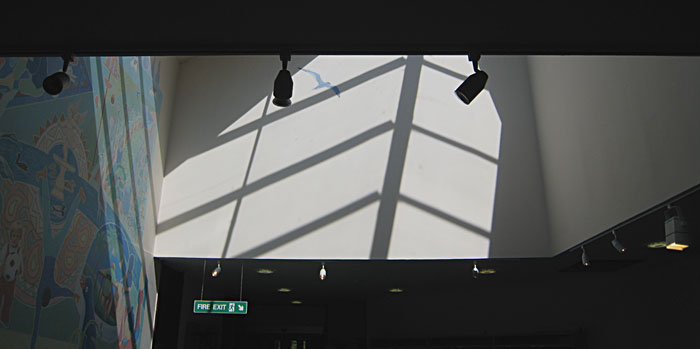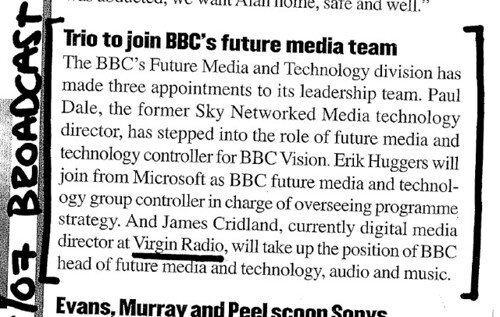Phew! Contrary to those rumours last week, Ars Technica is is reporting that Nicholas Negroponte hasn’t done a deal to run Windows on his ‘$100’* laptop…
Late last week the One Laptop Per Child (OLPC) project had a media event in Cambridge, and while I couldn’t make the event, I did tape a video interview for the BBC on the project. During my preparation I kept coming across these claims that Microsoft and OLPC had partnered to put Windows XP Starter Edition on the OLPC, and according to one report, this was being done to get the XO laptop into US schools. None of this jibed with what I had been hearing from sources, so I decided to look into it further. As it turns out, a number of news outlets, including the AP, mischaracterized the situation.
According to Walter Bender, president of Software and Content at OLPC, there is no agreement in place between OLPC and Microsoft to offer XO laptops with any version of Windows. Bender also indicated that Microsoft has not contacted OLPC regarding its $3 software bundling program, nor have any governments requested that the XO be outfitted with Windows. In short, there is no existing collaboration between Microsoft and OLPC aimed at outfitting the XO laptop with Windows.
“We are a free and open-source shop. We have no one from OLPC working with Microsoft on developing a Windows platform for the XO. MS doesn’t get any special treatment from OLPC,” Bender told Ars.
*$175 as of last week.



